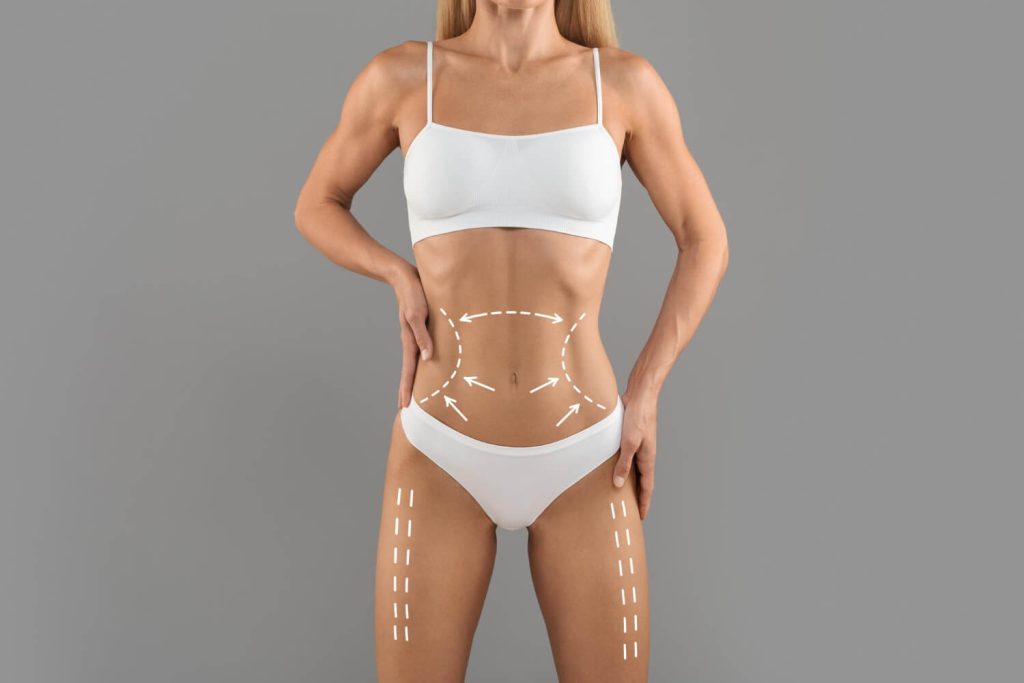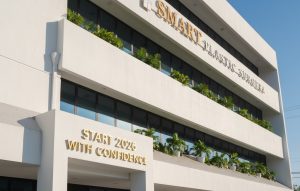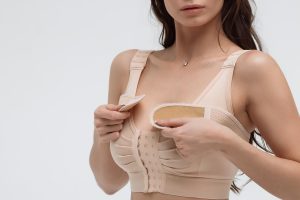Many people wonder whether it makes more sense to choose a modern option like Renuvion J-Plasma or go with traditional skin tightening procedures. The number of aesthetic treatments in the United States has grown in recent years, and so has the question about which method delivers more visible results, with less downtime or minimal intervention.
In cities like Miami, where facial and body treatments stay in high demand year-round, the comparison between Renuvion J-Plasma vs. Traditional Skin Tightening often comes up during consultations. The decision may depend on the level of skin laxity, the area treated, medical background, and how much time someone can dedicate to recovery.
This article brings clear and comparative insights on both approaches. You’ll see what defines each procedure, where they’re usually applied, how they work, and what kind of results people tend to experience.
What is Renuvion J-Plasma?
Renuvion J-Plasma combines two technologies: radiofrequency and helium gas.
During the procedure, the surgeon inserts a thin cannula under the skin and delivers plasma energy directly to the subdermal tissue. This process heats the inner layers and triggers near-instant skin contraction.
This tightening happens as radiofrequency heats the tissue while helium rapidly cools it, controlling the temperature and limiting damage to surrounding areas.
The thermal control allows treatment of delicate zones without removing skin. The main goal involves reducing mild to moderate skin laxity with minimal incisions.
Read more:
👉 What is Renuvion J-Plasma and how does it work?
What are the traditional skin tightening procedures?
When comparing Renuvion J-Plasma vs. Traditional Skin Tightening, understanding the conventional methods helps clarify key differences.
Below are the most common procedures used in the United States for improving skin firmness:
1. Surgical facelift
Involves skin incisions to reposition muscles, remove excess tissue, and redrape the skin on the face and neck.
Often used in cases of severe sagging, with noticeable and long-lasting results. Requires anesthesia and extended recovery time.
2. External radiofrequency
Applies heat through a device placed over the skin. The thermal energy reaches deeper layers and stimulates collagen production.
Usually recommended for mild skin laxity, performed in multiple sessions. Non-invasive and done in-office.
3. Focused ultrasound (e.g., Ultherapy)
Delivers concentrated ultrasound energy to the deeper layers of skin without damaging the surface.
The thermal stimulation reaches the SMAS (muscle layer) and promotes tissue tightening over several months. Often used for brows, jawline, and neck.
4. Laser skin tightening
Uses light energy to heat the inner layers of the skin, triggering collagen contraction and cellular activity. May involve downtime depending on the laser type. Suitable for various areas of the face and body.
These methods are key when analyzing Renuvion J-Plasma vs. traditional skin tightening, since each one differs in application method, recovery timeline, and intensity of results
Read more:
👉 What is the ideal age for a facelift?
Comparison table: Renuvion J-Plasma vs. traditional skin tightening
| Criteria | Renuvion J-Plasma | Traditional skin tightening procedures |
| Invasiveness | Minimally invasive | Ranges from non-invasive to surgical |
| Type of anesthesia | Local with mild sedation | None, local, or general (depends on procedure) |
| Average recovery time | 3 to 10 days | Immediate to 30 days |
| Sessions required | 1 | 1 to multiple sessions |
| Skin tightening intensity | Moderate | Mild to intense (varies by method) |
| Areas treated | Face, neck, abdomen, arms, thighs | Face, neck, full body |
| Suitable for | Mild to moderate laxity | Mild to severe laxity (depending on method) |
| Average duration of results | 2 to 3 years | 6 months to over 5 years |
Recovery time and risks
When comparing Renuvion J-Plasma vs. Traditional Skin Tightening, recovery time and potential risks often influence the decision. Each method affects the body differently, which impacts how long someone stays off work and how the skin responds.
Recovery after renuvion j-plasma
Most patients report swelling, bruising, and mild discomfort for a few days. Average recovery ranges from 3 to 10 days. Many return to work within a week, depending on the treated area. Final results may take up to 6 months as collagen continues to remodel after the procedure.
Possible risks of renuvion
- Seroma formation
- Temporary numbness or altered sensitivity
- Skin pigmentation changes or mild rippling
- Small scars at cannula entry points
Serious complications remain uncommon, but the procedure requires technical skill and proper surgical settings.
Recovery from traditional skin tightening methods
Timelines vary. External radiofrequency and ultrasound often allow immediate return to activities. More aggressive lasers may require 3 to 7 days of downtime. Surgical facelifts involve longer recovery, typically 2 to 4 weeks, with post-op care and movement restrictions.
Possible risks of traditional methods
- Redness, swelling, and peeling (laser)
- Temporary sensitivity (radiofrequency, ultrasound)
- Bruising, infection, or scarring (facelift)
Safety depends on the technique used, the individual’s skin response, and the provider’s experience.
Who typically chooses each technique?
When comparing Renuvion J-Plasma vs. Traditional Skin Tightening, the profile of patients choosing each method tends to vary based on skin laxity, expected results, and comfort level with surgery. Here’s how the most common cases usually break down:
Patient profile for renuvion j-plasma
- Individuals between 30 and 55 with mild to moderate skin laxity
- People who recently lost weight and want skin tightening without surgery
- Patients who had liposuction and want improved skin retraction
- Those who avoid major incisions and prefer shorter recovery
- Individuals looking for visible improvement without major routine changes
Patient profile for traditional techniques
- People with severe skin laxity needing muscle repositioning
- Individuals who tried non-invasive options with limited results
- Patients with a history of aesthetic treatments seeking longer-lasting changes
- Adults over 60 looking for structural enhancement of the face or neck
- Those willing to commit to recovery time in exchange for more dramatic effects
In practice, the choice between Renuvion J-Plasma vs. Traditional Skin Tightening involves more than the type of technology.
Medical evaluations, aesthetic history, available downtime, and treatment goals all directly impact the decision.
Get your renuvion J-Plasma or traditional skin tightening at Smart Plastic Surgery
When comparing Renuvion J-Plasma vs. Traditional Skin Tightening, expert guidance helps turn uncertainty into confidence. At Smart Plastic Surgery, located in Miami, each procedure begins with a personalized evaluation focused on your specific goals and skin condition.
Every patient receives care from board-certified surgeons who recommend the most appropriate treatment based on skin laxity, medical history, and the area of the body being treated.
The clinic offers both Renuvion J-Plasma and traditional skin tightening methods, using updated technology and safe protocols.
Book your consultation at Smart Plastic Surgery and find out which approach aligns best with your expectations. Choose your treatment with medical support from start to finish.



